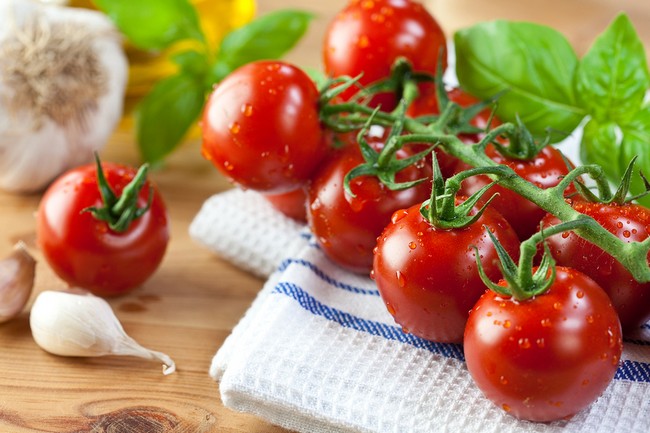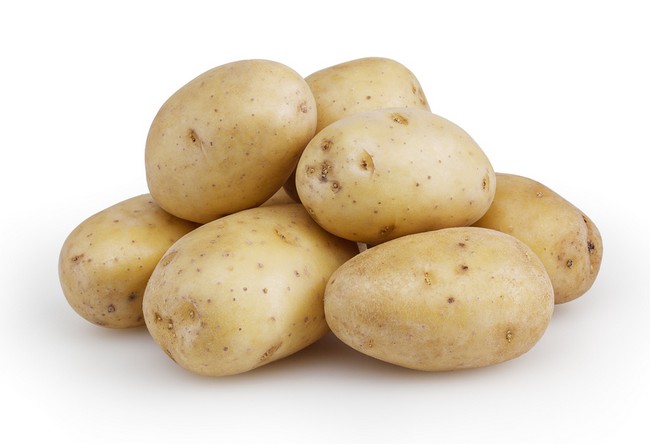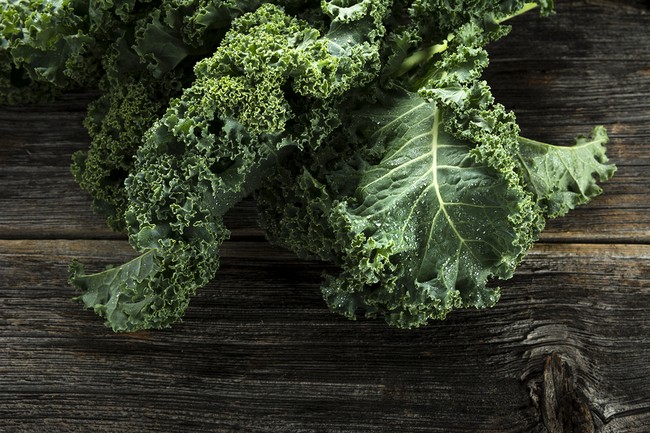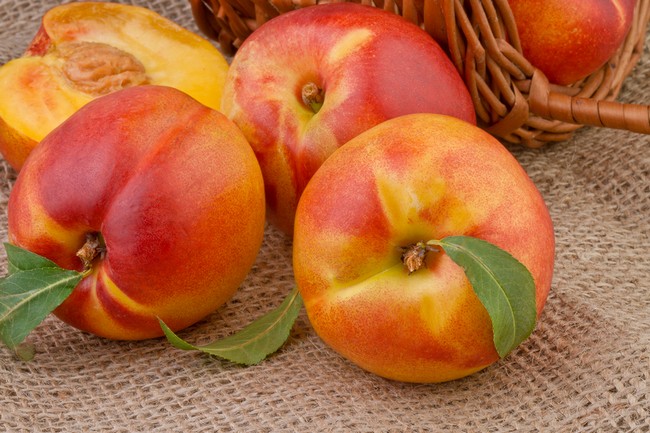- Make It Yourself Lavender Heart-Shaped Bath Bombs!
- 20 Things You Never Knew About “Down There”
- 12 Best Foods For Those Suffering From Arthritis Pain
- 12 Personal Hygiene Mistakes Almost Everyone Makes (Mom Never Told You About #4!)
- 15 Medicinal Plants And Herbs From The Cherokee People
- 12 Mind-Blowing Benefits Of Drinking Coconut Water During Pregnancy
- 12 Outstanding Winter Foods That Won’t Fatten You Up Like A Christmas Turkey
The Top 12 Dirty Produce Items You Should Avoid

Photo credit: bigstock
Ok, so you probably already know that unless it’s marked organic, the fruits and vegetables you are eating have been sprayed with pesticides. What you probably don’t know is just how many pesticides are used. Most likely you also think that by rinsing that produce in water or washing it removes all those pesticides. Unfortunately, that is not the case. Your fruits and vegetables absorb those pesticides and fertilizers right into the meat of the produce.
Although organic produce is preferable to conventional fruits and vegetables, even the dirty dozen are better than prepackaged foods or fast food. (Find out dangers of prepackages food). Choose organic whenever possible to avoid the health problems associated with consuming pesticides. Let’s look at the top 12 most contaminated produce that is sold in today’s supermarkets.
1. Apples
Apples always seem to make the list every year. This is because apples have been found with the residue of more than 40 different types of pesticides on them. By the way, this residue is not limited to fresh apples; it’s also found in apple sauce and apple juice. It makes sense then to buy organic anytime you are talking about anything that contains apples.
If they don’t stock organic apples at your market, an alternative that is safer would be to buy tangerines, bananas, or watermelon.

Photo credit: bigstock
2. Strawberries
These little red jewels always make this list because they are prone to develop fungus so farmers spray for that on top of other pesticides.
Strawberries have been tested and they contain more than 60 different pesticide residues.
Frozen strawberries a safer choice, or if you can’t find organic strawberries, try kiwi fruit or pineapples.

Photo credit: bigstock
3. Cherry Tomatoes
These cute little bite size tomatoes make the dirty list frequently.
However, it’s almost impossible to find a good substitute for tomato so perhaps it’s time you grew your own.
Both regular sized and cherry tomatoes are easily grown in pots.

Photo credit: bigstock
4. Celery
This is another vegetable that always seems to make the list.
There have been tests that show that celery can have up to 60 different pesticide residues found on them.
If you want organic celery but can’t find it, you can find the same type of crunch in you can use broccoli, onions, or radishes.
All of these are a much safer alternative.

Photo credit: bigstock
5. Potatoes
Ah, a simple potato should be safe, yes? Hate to break it to you, but no, that is not the case.
Potatoes have more than 35 pesticide residues that show up in testing.
However, sweet potatoes have much less contamination, so you might want to try those instead.

Photo credit: bigstock
6. Grapes
This might surprise you but grapes always show up on the dirty produce list.
Both raisins and grapes have been tested and they have been found to have the residue of more than 30 types of pesticides on them.
It’s unknown if wine has ever been tested for pesticide residue but it sure makes you wonder about it.

Photo credit: bigstock
7. Kale/Collard Greens
We will put these two together because they are so similar.
Both have been tested and found to have more than 35 different types of pesticide residue remaining on these vegetables.
Organic kale is found almost everywhere but if you can’t find it try cabbage or Brussels sprouts as a safer choice.

Photo credit: bigstock
8. Nectarines
This applies to imported nectarines only.
Imported nectarines are near the top of the contaminated fruit tree list with at least 35 different pesticide residues.
Read also about common foods that food experts won’t eat but you do.
Domestic nectarines have some left over pesticides but not enough to make this list.

Photo credit: bigstock
9. Peaches
Unfortunately this sweet fruit makes this list every year.
Peaches have more than 60 pesticides remaining on the fruit. It’s interesting to note that canned peaches don’t have nearly the same amount of contamination.
If you can’t find organic peaches then try tangerines, grapefruit, or oranges as a good alternative that are safer to eat.

Photo credit: bigstock
10. Cucumbers
Believe it or not, in research tests show that cucumbers have been found with more than 35 different types of pesticides that are on the skin.
If you can’t find organic cucumbers, at least peel them, since most of the pesticides seem to remain on the skin.

Photo credit: bigstock
11. Spinach
Spinach tops the leafy green vegetable portion of this list with an amazing 50 different pesticides remaining on those leaves.
Find out 10 toxins that are inside your home right now.

Photo credit: bigstock
12. Sweet Bell Peppers
Unfortunately, it doesn’t matter what color you are talking about, red, green, or yellow, all are highly contaminated with almost 50 pesticides.
Sources:
































